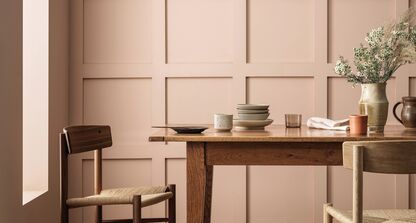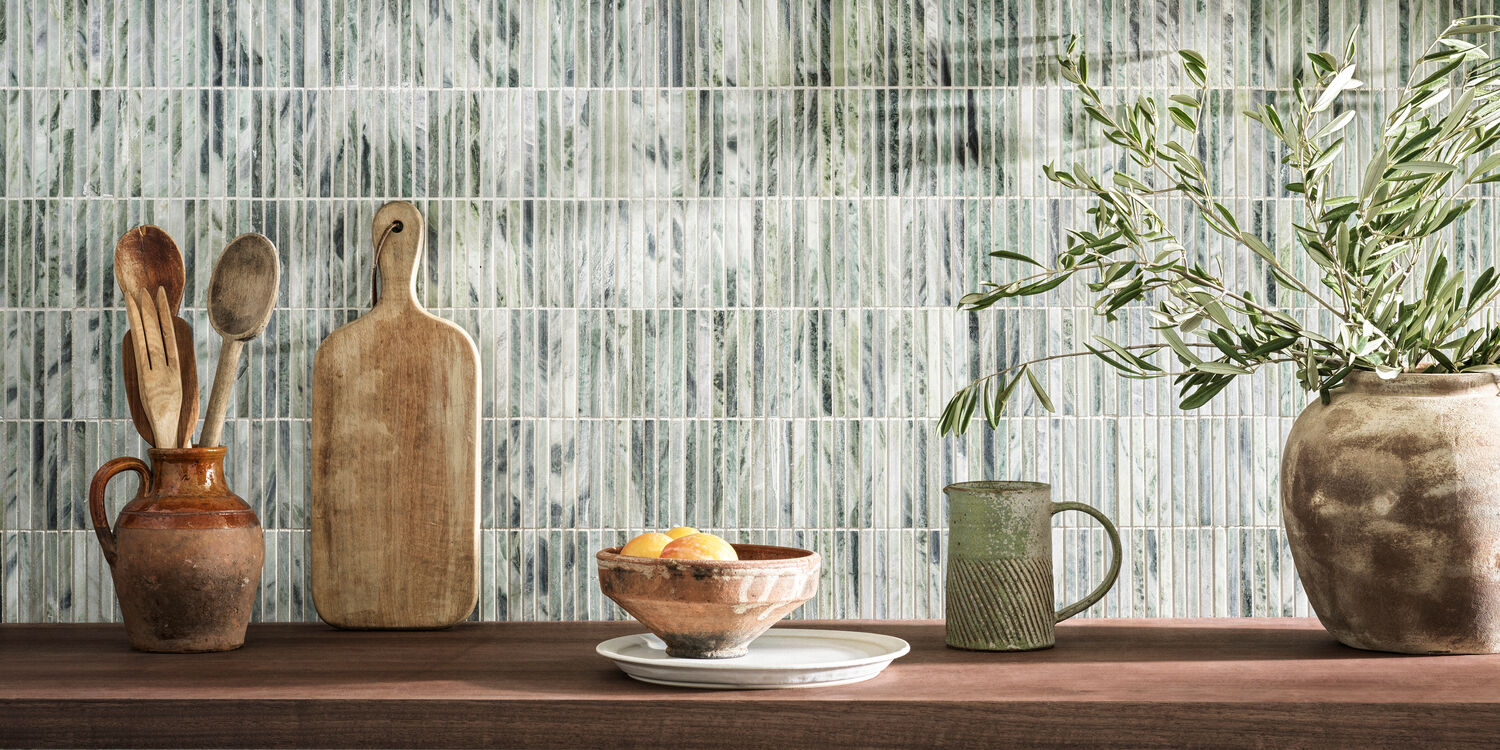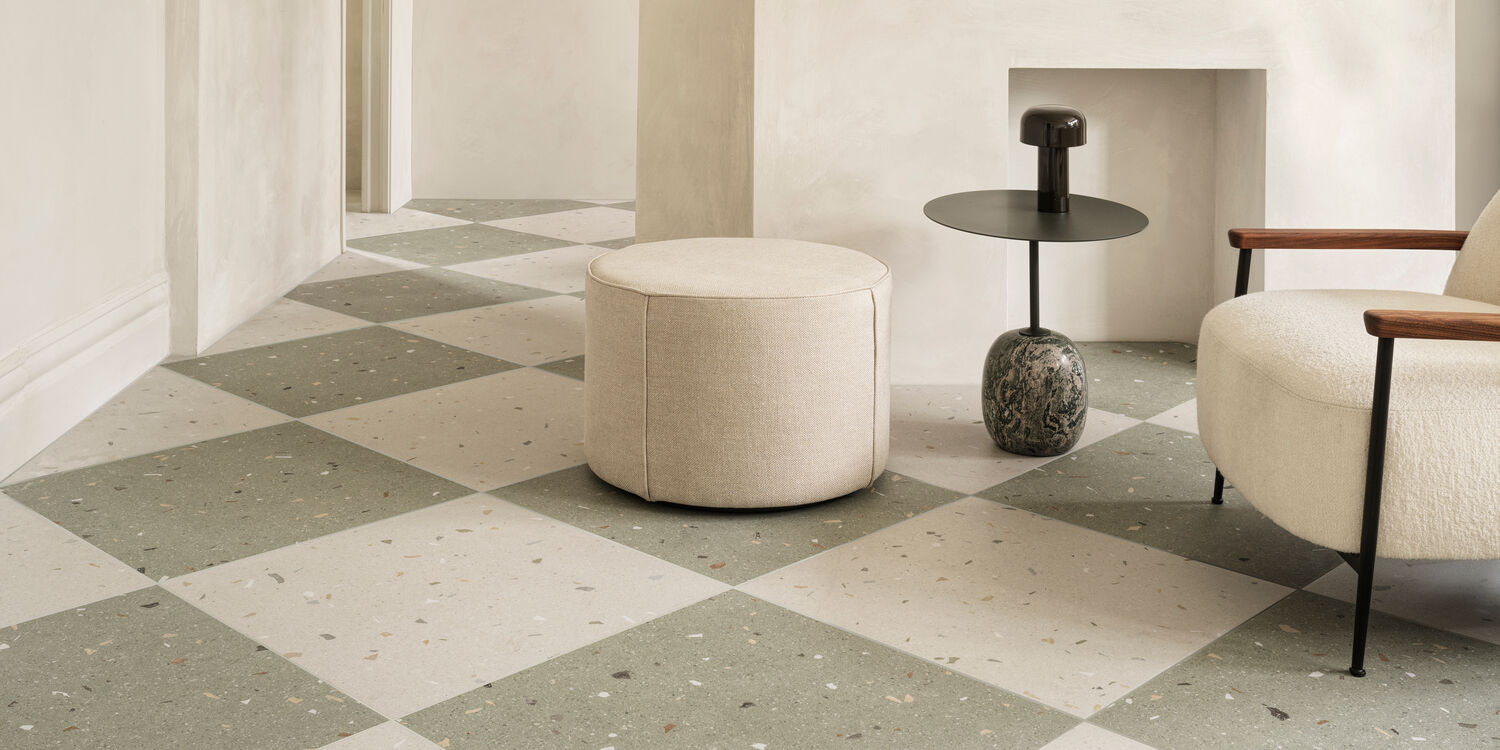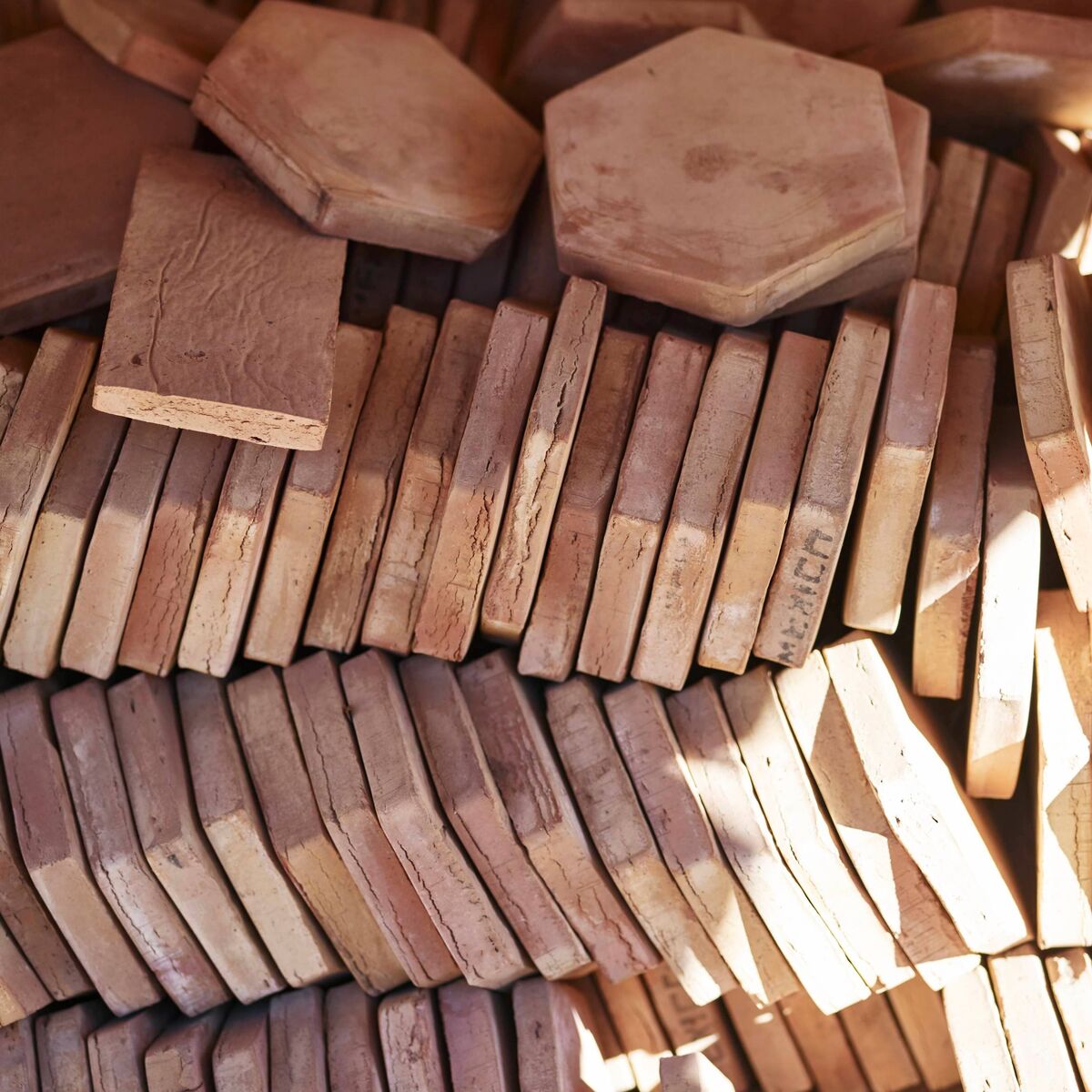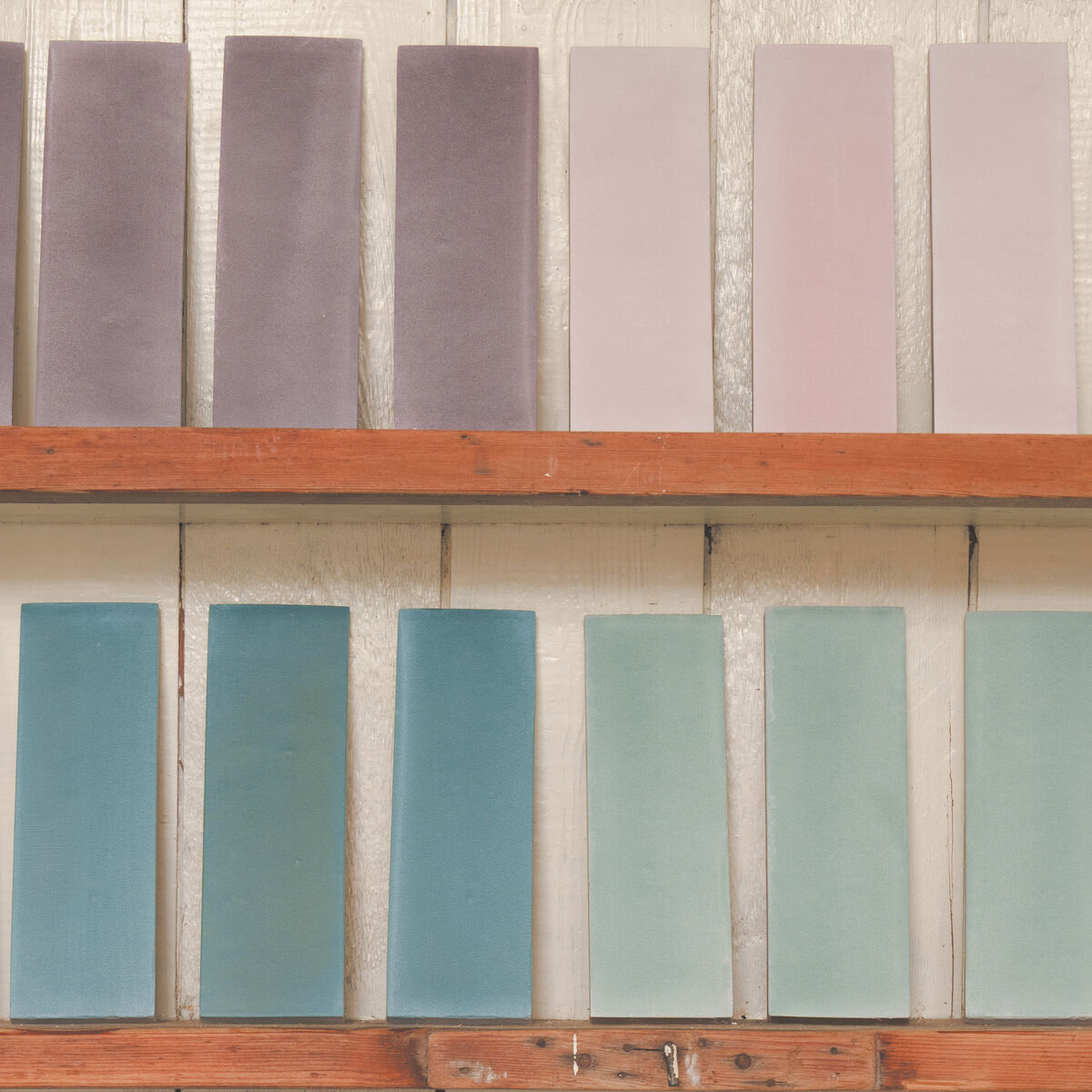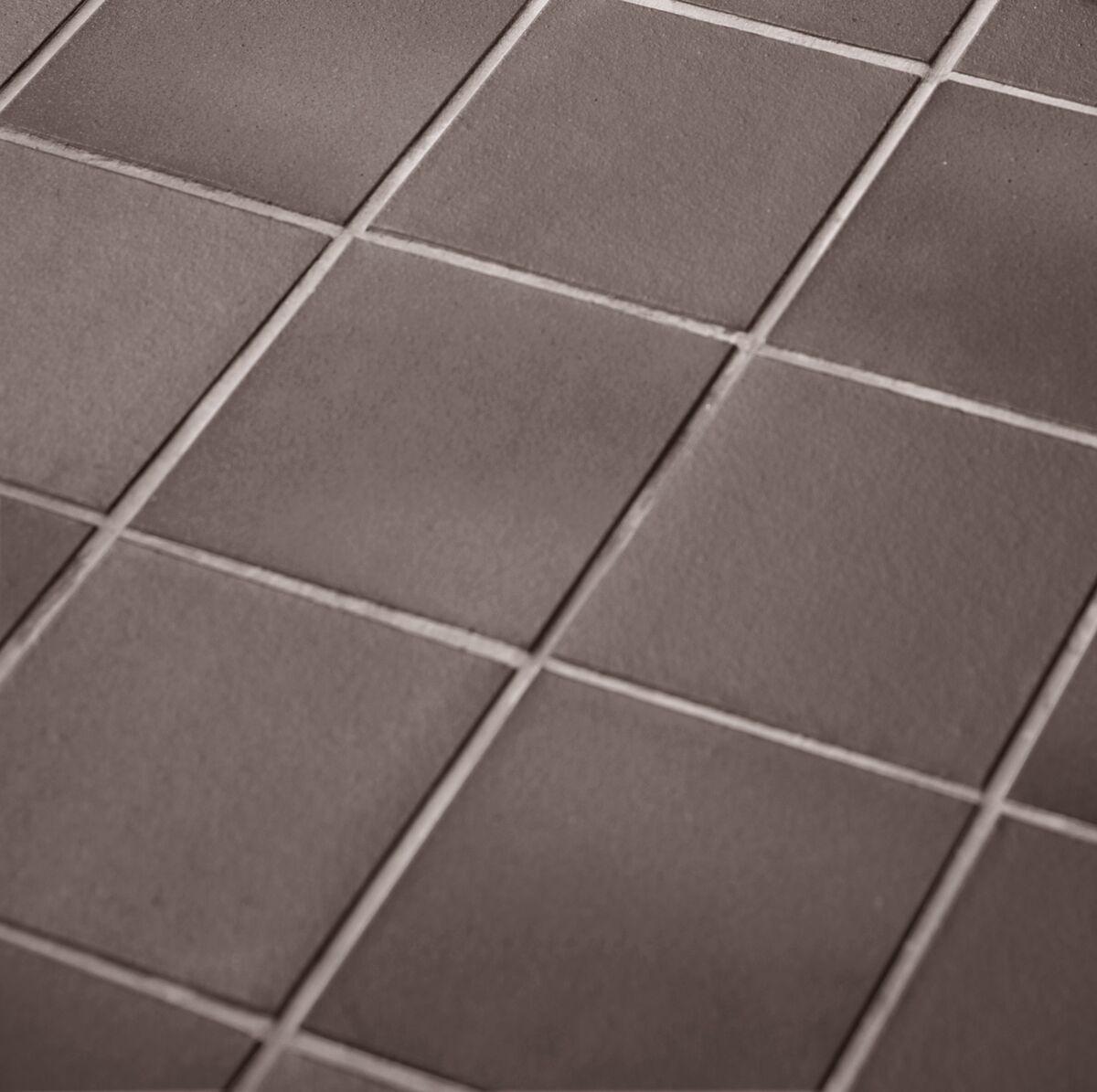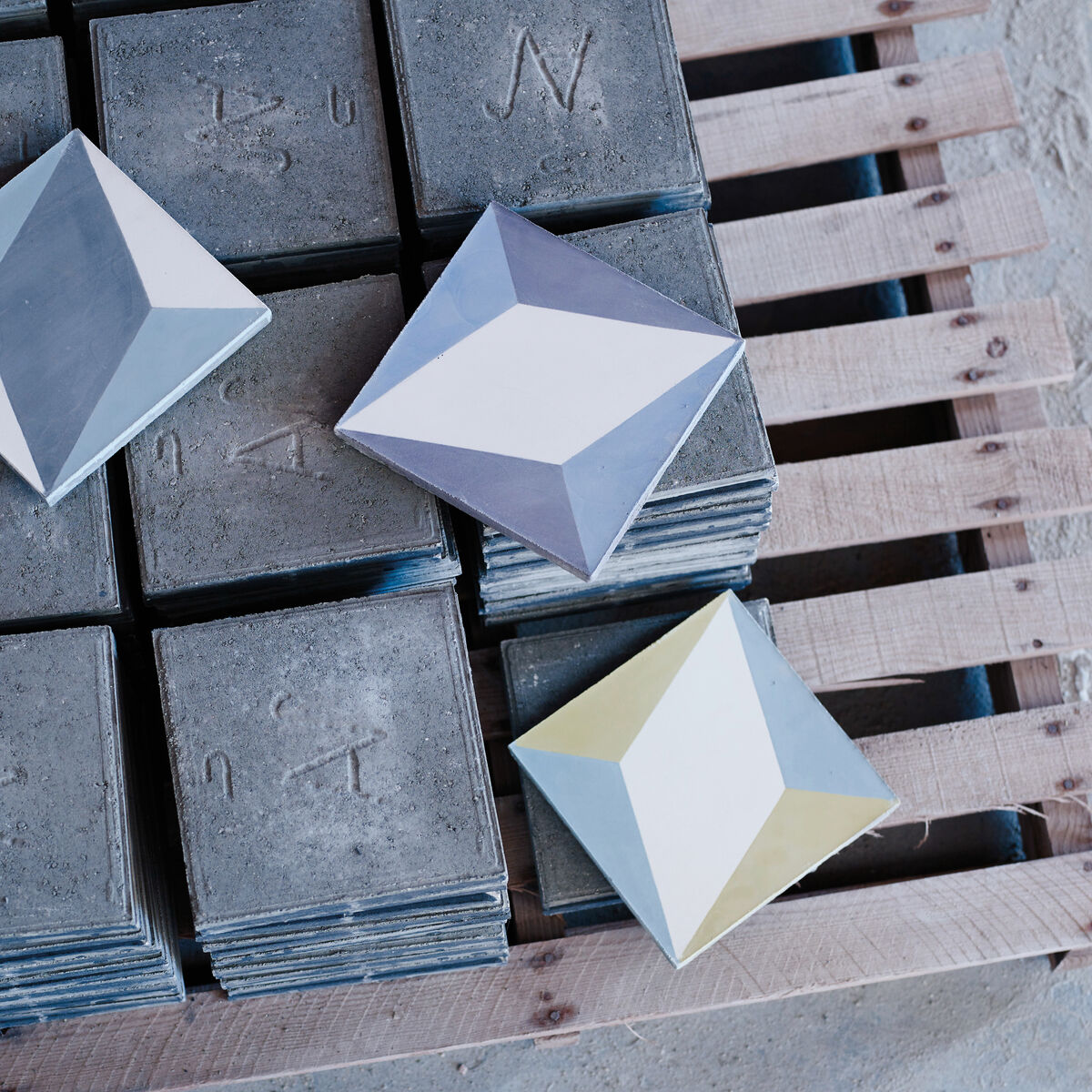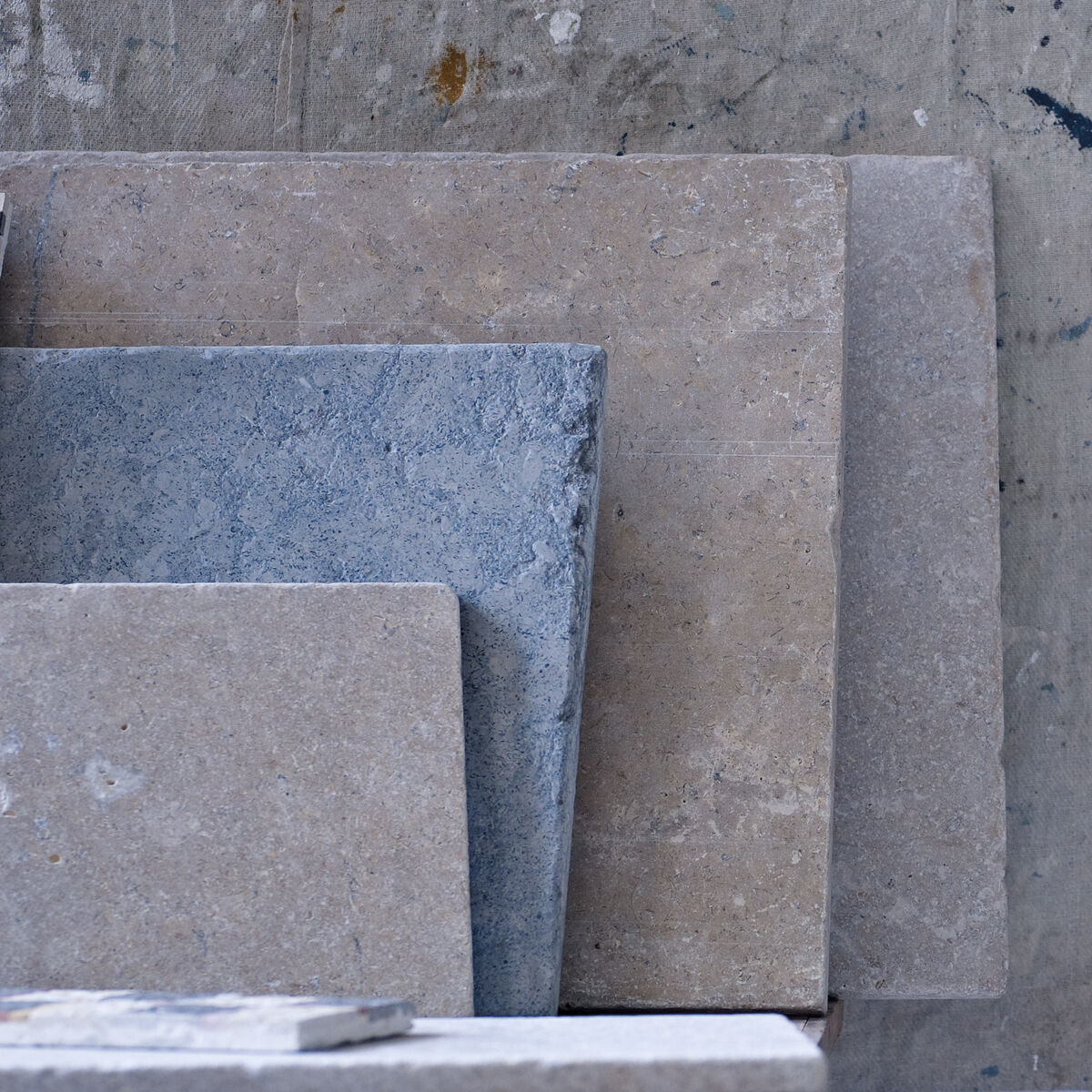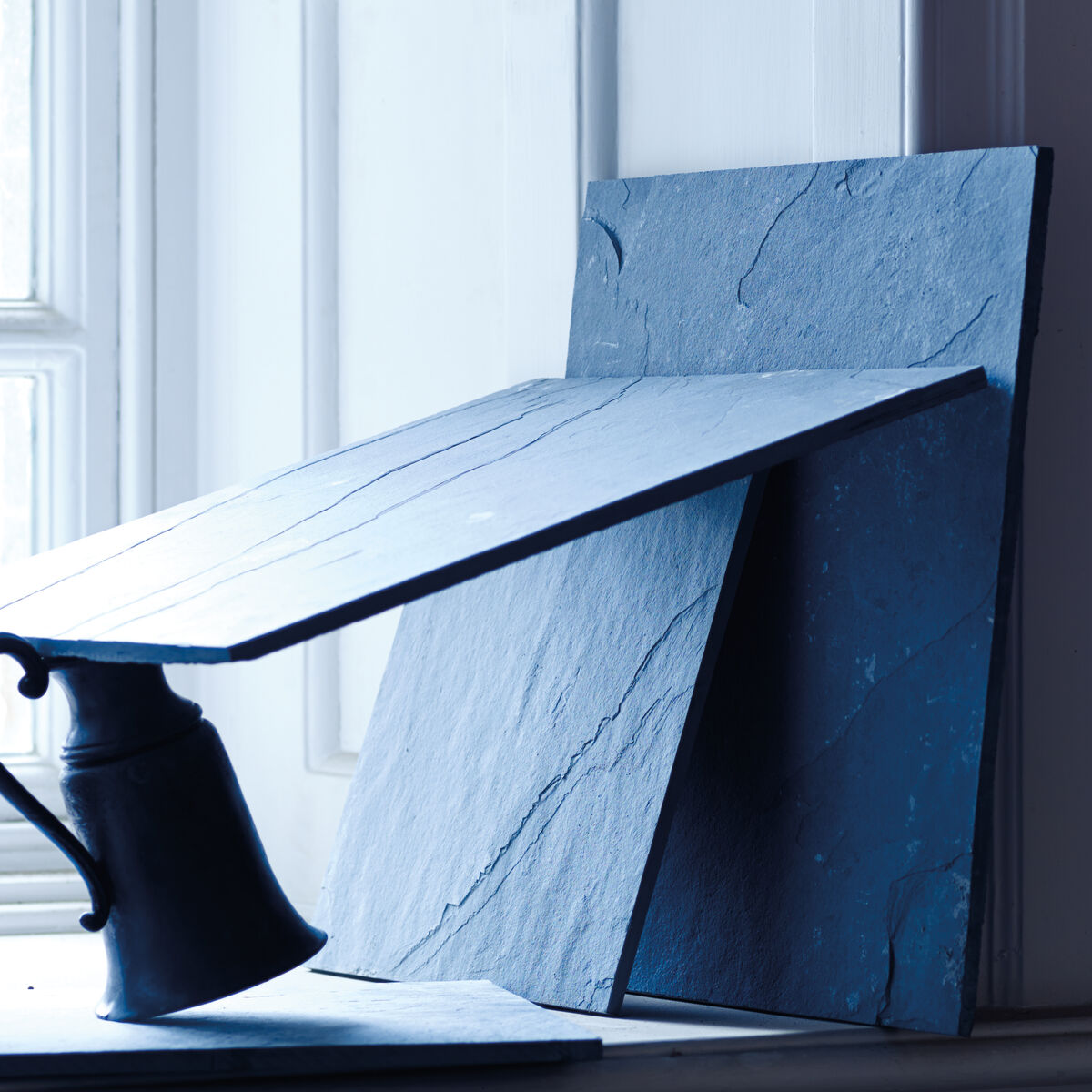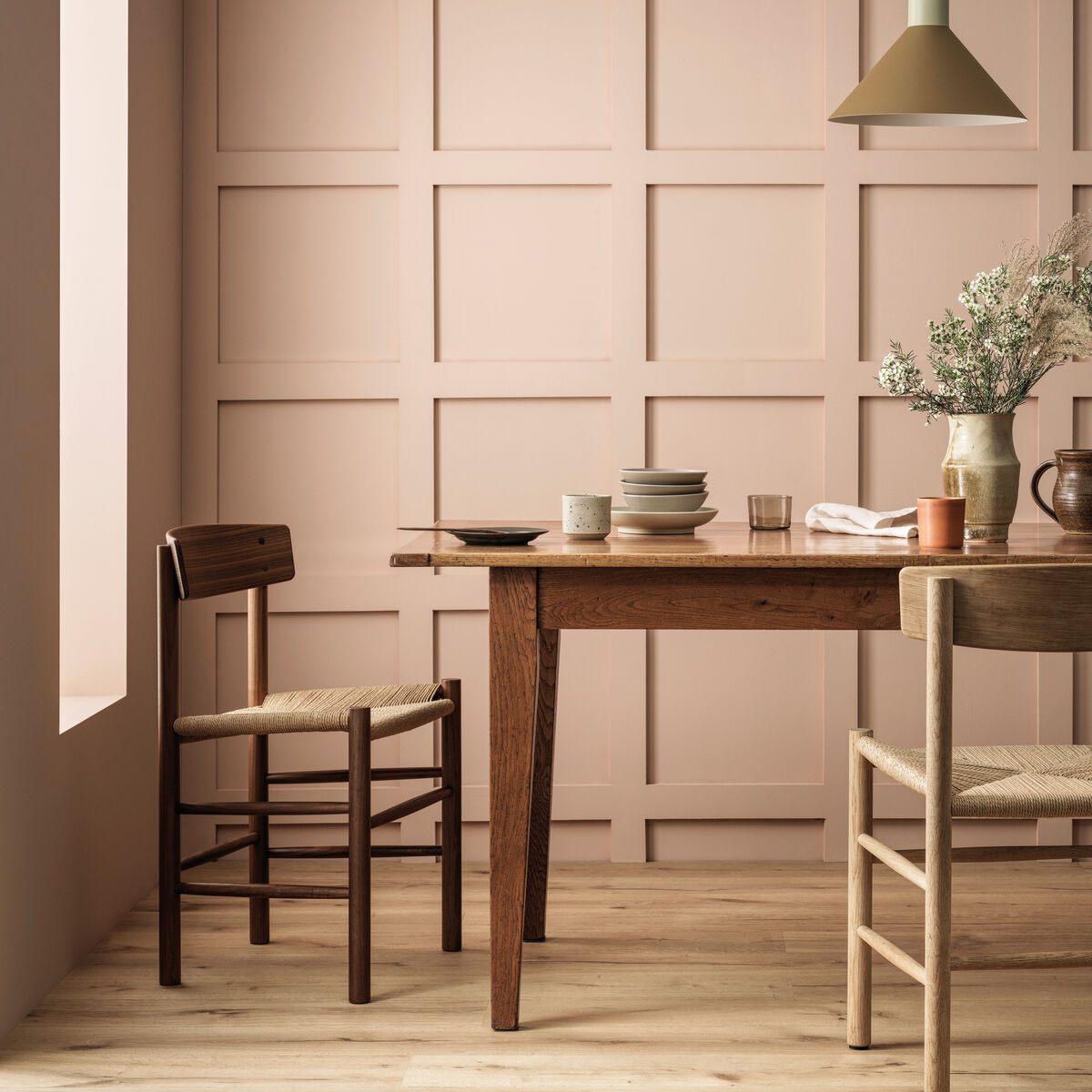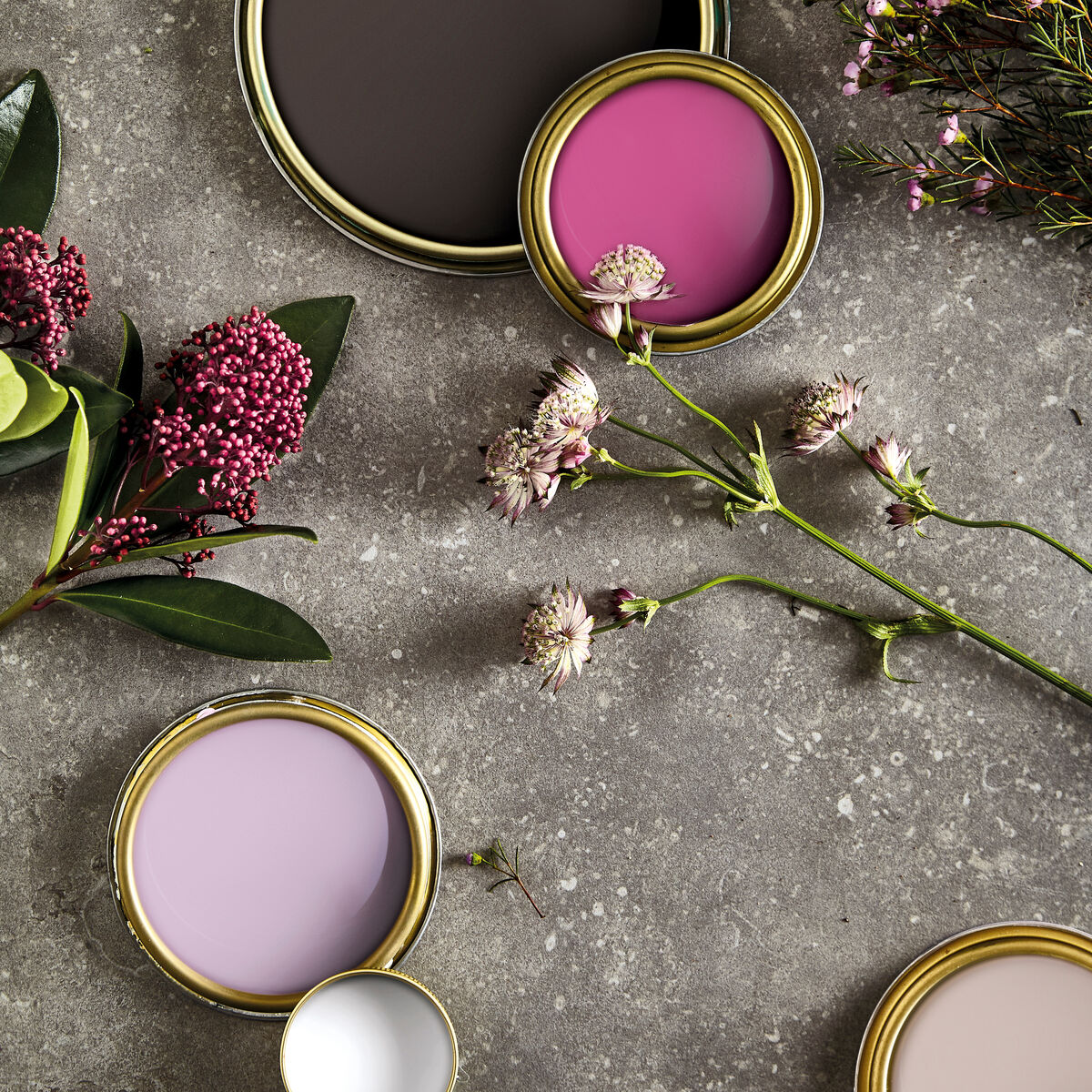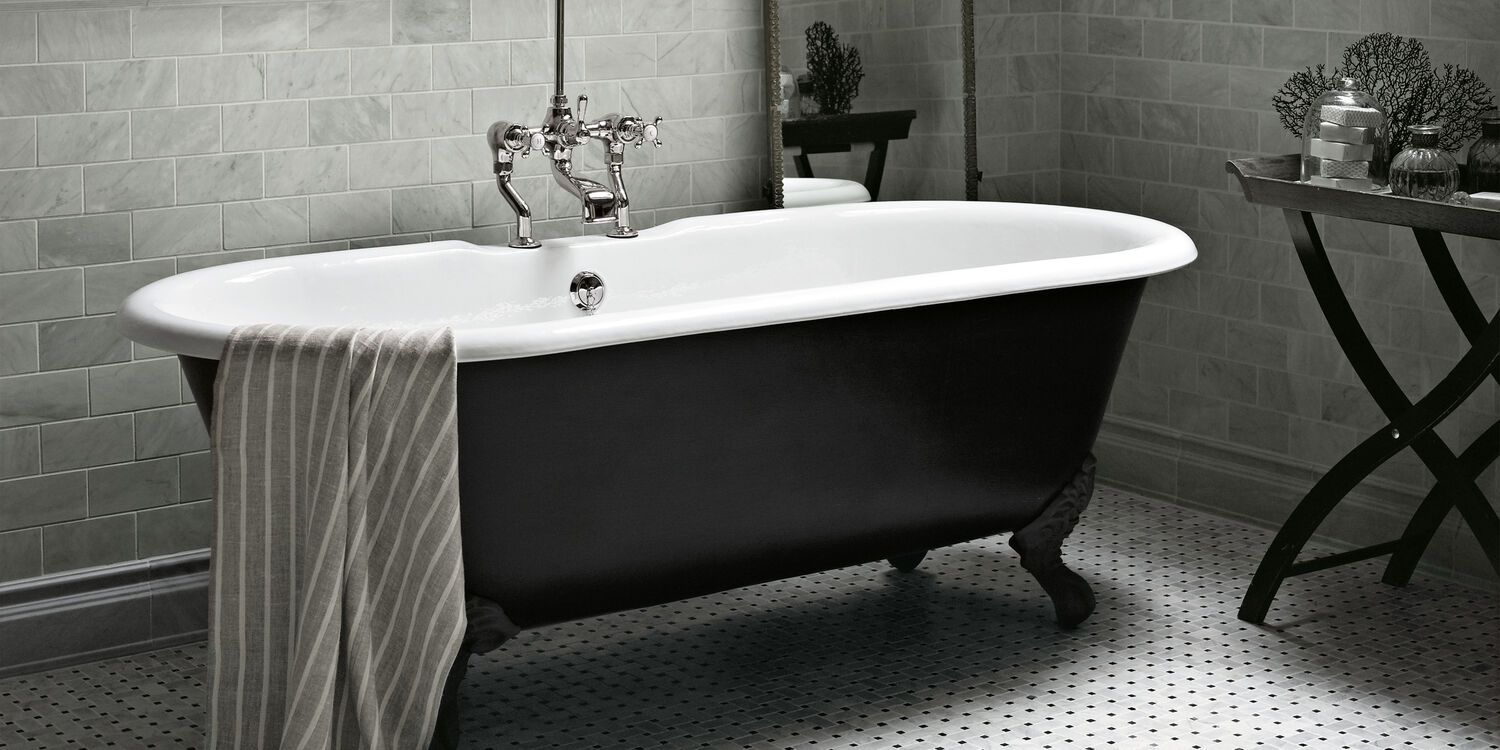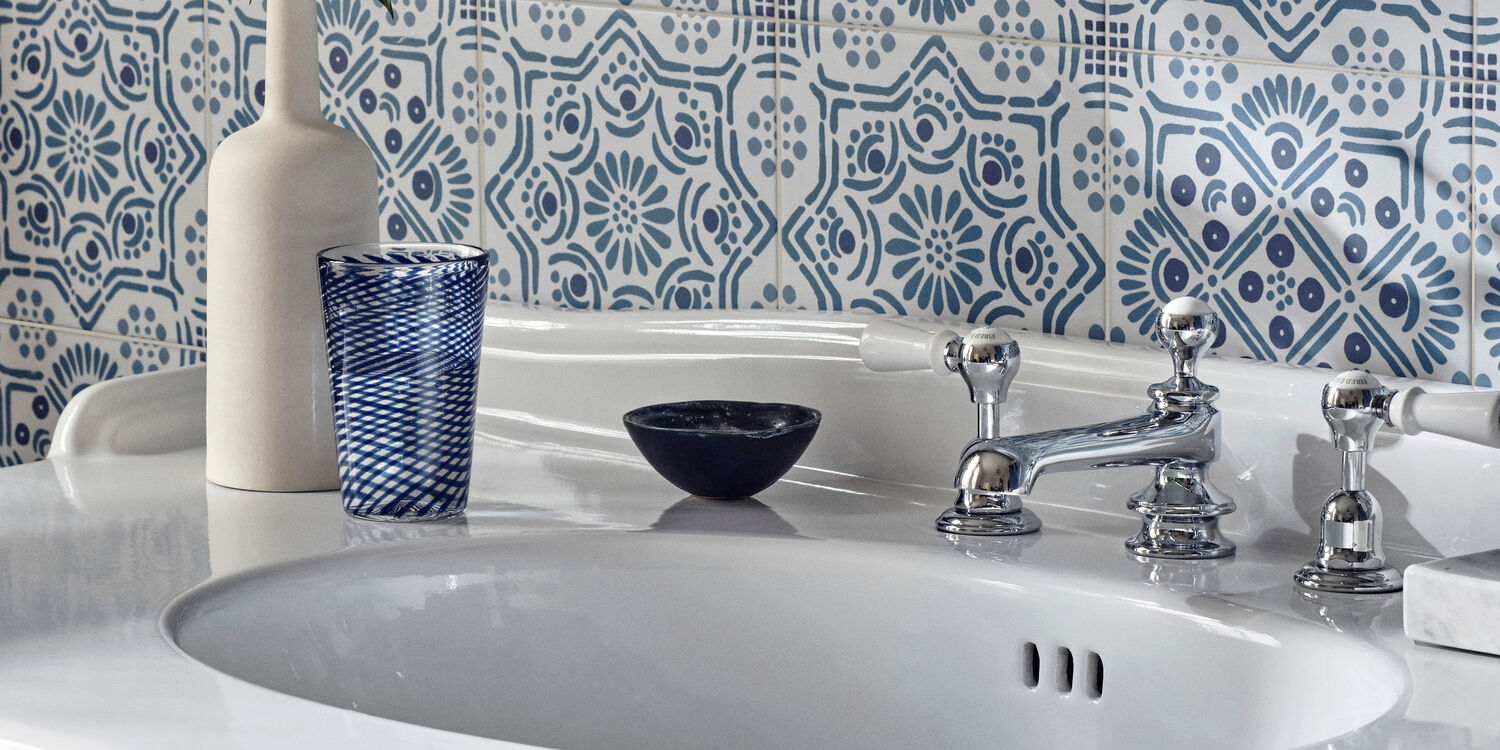Technical Guides
TECHNICAL GUIDES
We recommend that the relevant installation guide is read before starting your project. If you can't find the answers you are looking for or have a specific query our Showroom Staff and Technical Team are on hand to help.
Need to seal your tiles? To keep your tiles looking their very best for years to come you may need to seal them. We've put together quick sealing guides for every type of tile.


